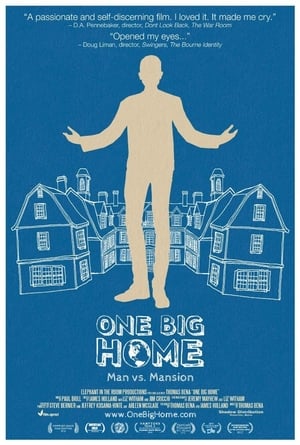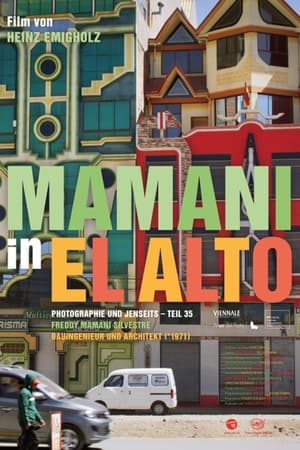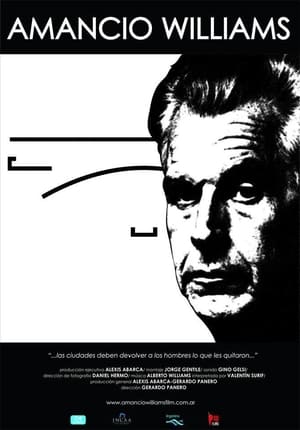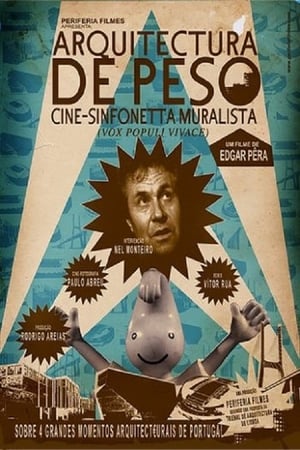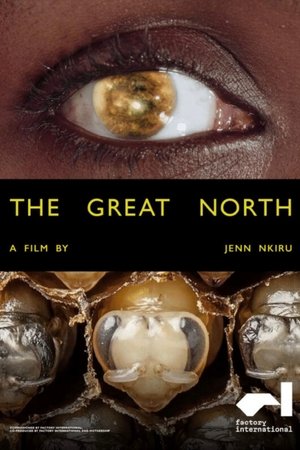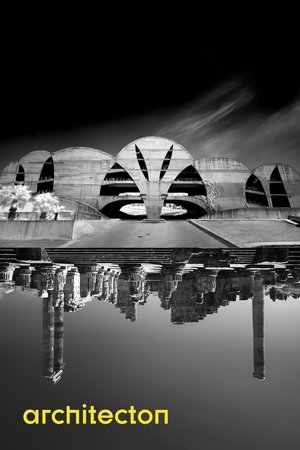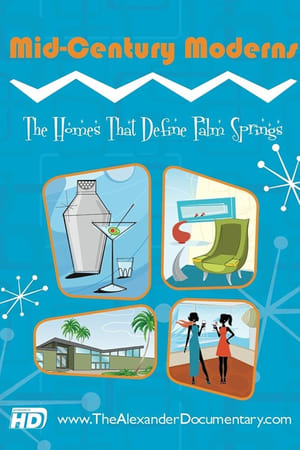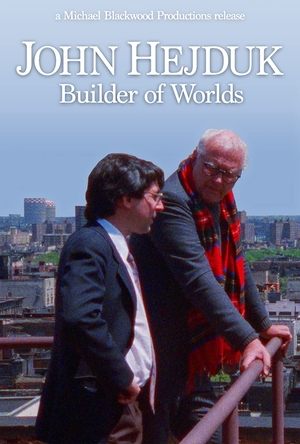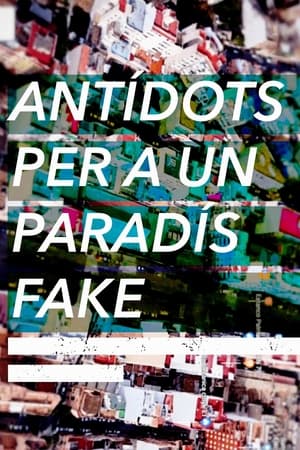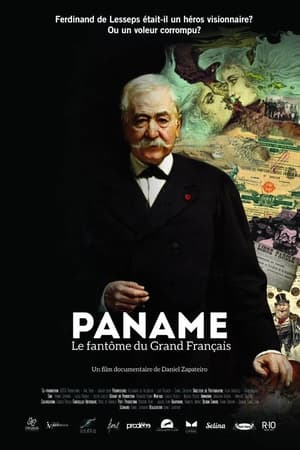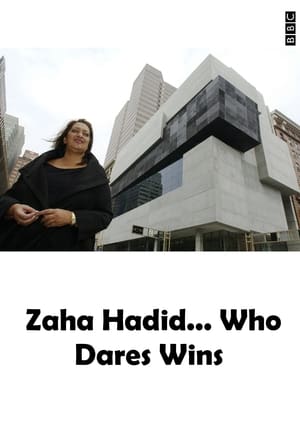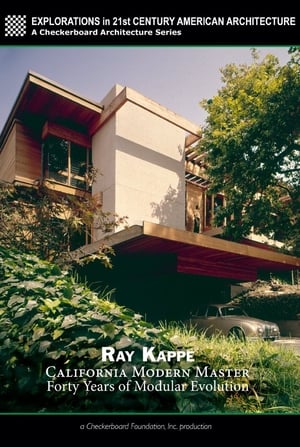Overview
Documentary film about Brazil around the year 1960 and how it is shaped by industrial and social upheavals. The film portrays people and landscapes, modern cities as well as the art and culture of the fifth largest country in the world, which encompasses numerous nations and cultures. The focus is on the structural changes, particularly in the capital Brasilia, which was rebuilt and inaugurated in 1960. From the perspective of a European observer, a picture of the country gradually emerges from a wide variety of impressions.

 80 min
80 min
 10
10
 1962
1962
 Germany
Germany
